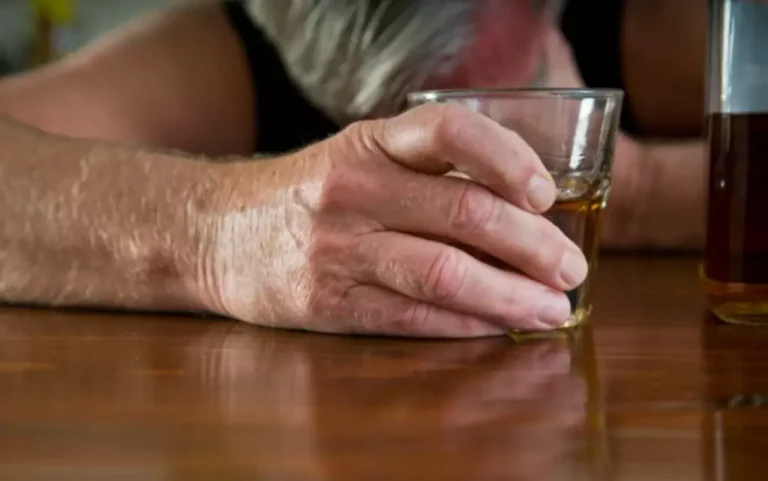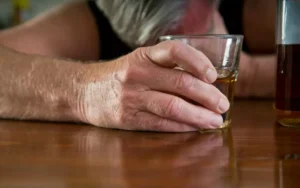
Benzodiazepines are among the most commonly prescribed medications in the United States. Several types of benzodiazepines are sold under popular brand names like Valium (diazepam), Xanax (alprazolam), and Klonopin (clonazepam). Tapering your Klonopin dose is a way of tricking your body into thinking it’s not in withdrawal. It is not an exact science, which means your tapering schedule should be updated as you go along. You will need to work closely with a physician who can adjust your dose every few days or weeks, as necessary.
- Short-acting drugs like Xanax (alprazolam) and Ativan (lorazepam) leave the system quicker, which means withdrawal symptoms can appear in as little as eight to 12 hours.
- It’s tempting to want to quit cold turkey as soon as you find the motivation or desire to do so, but it’s in your best interest to resist this temptation.
- It is usually inadvisable to stick to a strict exclusion diet; with a normal balanced diet and sensible general health measures, including regular exercise, gastrointestinal symptoms due to withdrawal gradually abate.
- Some doctors advocate the use of “escape pills” (an extra dose of benzodiazepines) in particularly stressful situations.
- There are also fears that antidepressants such as Prozac may in some patients induce an agitated, violent or suicidal state at the start of treatment; low initial dosage and careful monitoring may avoid this risk.
- Slow withdrawal means tapering dosage gradually, usually over a period of some months.
4. WITHDRAWAL MANAGEMENT FOR BENZODIAZEPINE DEPENDENCE

According to the National Center for PTSD, the most beneficial kind of therapy for benzodiazepine withdrawal is cognitive behavioral https://ecosoberhouse.com/article/what-is-alcoholics-anonymous/ therapy (CBT). This type of therapy can help you challenge and reframe unhelpful beliefs and behaviors and replace them with more productive ones. Though therapy generally can’t address withdrawal symptoms specifically, it can help improve some symptoms, like anxiety and insomnia. In the first week of tapering off, your doctor may reduce your dose as much as 30% to get you to a safe amount. After that first leap, the steps become smaller, usually 5% to 10% of the original dose. Depending on your situation, your doctor may reduce your dose on a monthly, weekly, or even daily basis.
- If you want to stop taking benzodiazepines after consistent long-term use, your doctor can help you gradually taper off your medication.
- Supportive social networks and stable housing are positive prognostic indicators.
- People tapering off the same original dosage of medication can have drastically different tapering experiences.
- The severity of benzodiazepine withdrawal symptoms can fluctuate markedly and withdrawal scales are not recommended for monitoring withdrawal.
- When tapering off benzodiazepines, you’ll always want to work with a trained healthcare professional who can monitor you for side effects and adjust your pace accordingly.
Acute withdrawal symptoms

While tapering will help reduce your withdrawal symptoms, it won’t get rid of them entirely. Benzodiazepines are central nervous system depressants that have a sedating and relaxing effect. These medications can also lead to tolerance and dependence, even when taken at therapeutic doses. Acute stimulant withdrawal is followed by a protracted withdrawal phase of 1-2 months duration, characterised by lethargy, anxiety, unstable emotions, erratic sleep patterns and strong cravings for stimulant drugs. These symptoms may complicate the patient’s involvement in treatment and should be taken into account when planning treatment. The length of time between each dose reduction should be based on the presence and severity of withdrawal symptoms.
Benzodiazepine Withdrawal: Symptoms, Timeline, & Treatment
- Ideally, your mentor should be someone who understands about benzodiazepine withdrawal or is prepared to read about it and learn.
- Occasionally both men and women on benzodiazepines complain of breast swelling or engorgement and it is possible that benzodiazepines affect secretion of the hormone prolactin.
- The term ‘withdrawal management’ (WM) has been used rather than ‘detoxification’.
- As above, provide 20mg diazepam every 1-2 hours until symptoms are controlled.
A proportion of female long-term benzodiazepine users have had hysterectomies, but again there is no evidence of a direct link with benzodiazepine use. Occasionally both men and women on benzodiazepines complain of breast swelling or engorgement and it is possible that benzodiazepines affect secretion of the hormone prolactin. Endocrine symptoms that are due to benzodiazepines improve after withdrawal. The discovery that a panic attack can be controlled without resorting to a tablet is a great boost to self-confidence, and the development of new stress-coping strategies is often the key to successful benzodiazepine withdrawal. Return of SWS seems to take longer after withdrawal, probably because anxiety levels are high, the brain is overactive and it is hard to relax completely.
Practices such as drug tapering or using other drugs to help ease withdrawal may make early withdrawal symptoms milder and more manageable. During the early stages of withdrawal, the person may notice the symptoms of the condition that the drug was treating start to return, or rebound. For example, symptoms of anxiety or insomnia may come back or get worse without the drugs. People looking to get off benzos should do so under the guidance of a healthcare professional, who may recommend coping strategies and other tools to make the withdrawal process more comfortable. Emerging research also suggests acceptance and commitment therapy (ACT) could also have benefits during benzodiazepine withdrawal. This approach helps you learn to tolerate discomfort and distress, instead of avoiding it, and choose to live according to your values.

Stabilisation and maintenance therapy
These ions change the neuron’s electrical charge, so it has to work much harder to activate and send signals. Among respondents whose symptoms lasted months or years, over half said caffeine or alcohol worsened their PAWS symptoms. By Corinne O’Keefe OsbornCorinne Osborn is an award-winning health and wellness journalist with a background in substance abuse, sexual health, and psychology.

Stopping Klonopin With Tapering
- It is possible that benzodiazepines can cause subtle changes which are not detected by present methods, but on the available evidence there is no reason to think that any such changes would be permanent.
- If you’ve taken benzodiazepines at high doses for an extended period, you may experience long-term withdrawal symptoms, also called post-acute withdrawal syndrome (PAWS) or protracted withdrawal.
- In regular benzodiazepine users REMS and SWS tend to return to pre-drug levels (because of tolerance) but the initial deficit remains.
None of these symptoms is harmful, and they need not be a cause of worry once they are understood. The muscle pain and stiffness is actually little different from what is regarded as normal after an unaccustomed bout of exercise, and would be positively expected, even by a well-trained athlete, benzodiazepine withdrawal after running a marathon. Of the complementary medicine techniques, all can help with relaxation during the procedure but the effects tend to be short-lived. There are many non-pharmacological techniques for helping people with anxiety. Some of these are listed below, but it is beyond the scope of this booklet to give details of each technique or to mention all of them.
Chapter 3: Benzodiazepine withdrawal symptoms, acute & protracted
Antidepressant drugs should also be tapered slowly since they too can cause a withdrawal reaction (euphemistically labelled “antidepressant discontinuation reaction” by psychiatrists). If you are taking an antidepressant drug as well as a benzodiazepine it is best to complete the benzodiazepine withdrawal before starting to taper the antidepressant. A list of antidepressant drugs and brief advice on how to taper them is given in Schedule 13 of this chapter. Some antidepressant withdrawal (“discontinuation”) symptoms are shown in Chapter 3 (Table 2).
